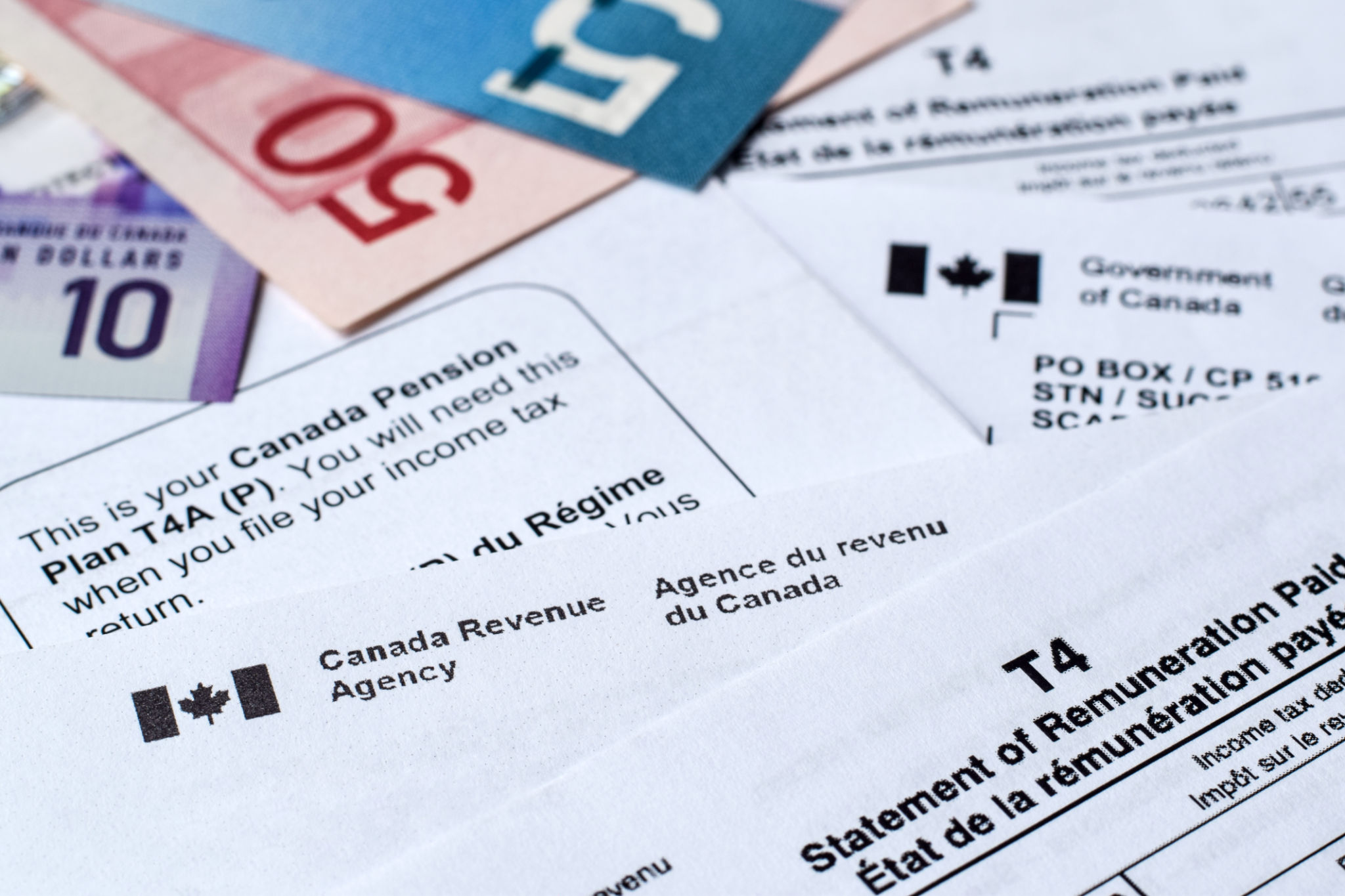Investment Strategies for Tax Season: Maximizing Returns in Minnesota
AF
Understanding Minnesota's Tax Landscape
As tax season approaches, Minnesota investors have a unique opportunity to reassess their portfolios and make strategic decisions to maximize returns. The state’s tax policies, combined with federal regulations, create a distinct environment that savvy investors can navigate to their advantage. Understanding the specific nuances of Minnesota's tax landscape is crucial to making informed investment decisions.
Minnesota imposes a state income tax ranging from 5.35% to 9.85% based on income brackets. This can significantly impact investment returns, especially for high-income earners. Therefore, it's vital to consider tax-efficient investment strategies that can help mitigate this burden while maximizing potential gains.

Tax-Advantaged Investment Options
One effective way to optimize your investment strategy during tax season is to take advantage of tax-advantaged accounts. These include:
- 401(k) Plans: Contributions to these employer-sponsored retirement plans are tax-deductible, allowing you to reduce your taxable income for the year.
- Roth IRAs: While contributions are made with after-tax dollars, withdrawals in retirement are tax-free, providing future tax savings.
- Health Savings Accounts (HSAs): These accounts offer triple tax advantages: tax-deductible contributions, tax-free growth, and tax-free withdrawals for qualified medical expenses.
Maximizing contributions to these accounts can significantly enhance your financial position and reduce your taxable income.
Capitalizing on Deductions and Credits
Minnesota offers various deductions and credits that can help reduce your tax liability. For instance, the state provides a property tax refund for homeowners and renters, which can be a significant relief. Additionally, consider taking advantage of education-related credits if applicable, such as the K-12 Education Credit.

By carefully planning and structuring your investments, you can leverage these deductions and credits to enhance your overall return on investment. Consulting with a tax professional can also ensure that you are not missing out on any potential savings.
Diversification and Risk Management
While focusing on tax efficiency is essential, it's equally important to maintain a diversified portfolio to manage risk effectively. Diversification involves spreading investments across different asset classes, such as stocks, bonds, and real estate, to minimize risk exposure.
Incorporating a mix of taxable and tax-advantaged accounts in your strategy can also provide flexibility and stability in uncertain market conditions. This balanced approach helps protect your investments from market volatility while maximizing returns in the long run.

Timing Your Investments
The timing of your investment decisions can significantly impact your tax liability. For example, selling investments at a loss to offset gains can be an effective strategy known as tax-loss harvesting. This approach allows you to reduce taxable capital gains by realizing losses on underperforming assets.
Additionally, consider the timing of your contributions to retirement accounts. Making contributions at the beginning of the year can provide more time for compound interest growth, potentially increasing your investment returns over time.
The Importance of Professional Advice
Navigating the complexities of investment strategies during tax season can be challenging, especially with ever-changing tax laws and regulations. Engaging with a financial advisor or tax professional with expertise in Minnesota's tax landscape can provide valuable insights tailored to your specific situation.
These professionals can help you craft a personalized investment strategy that aligns with your financial goals while optimizing for tax efficiency. Their guidance can be instrumental in identifying opportunities you might have overlooked.
Conclusion: Strategic Planning for Maximum Returns
As tax season unfolds, adopting strategic investment practices that consider both state and federal implications is key to maximizing your returns in Minnesota. By leveraging tax-advantaged accounts, capitalizing on deductions and credits, diversifying your portfolio, and timing your investments wisely, you can enhance your financial outcomes.
Remember, the right mix of professional advice and strategic planning can make all the difference in navigating the complexities of the investment landscape during tax season. Start planning today to ensure you're making the most out of your investments.